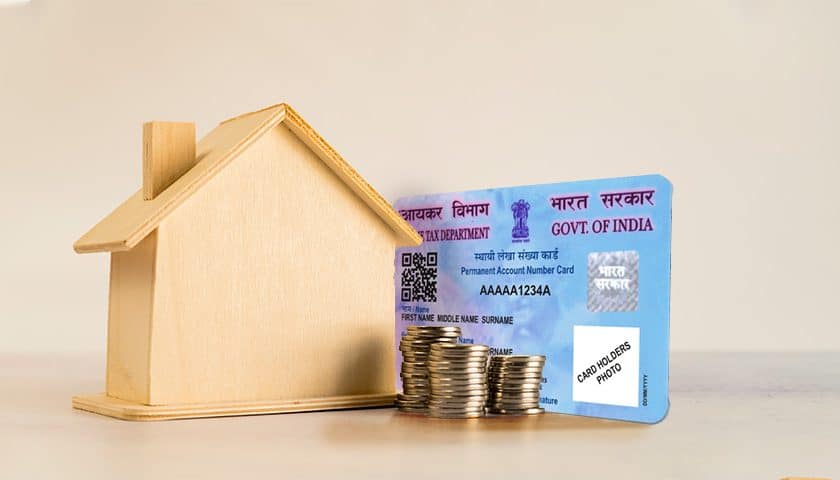PAN or Permanent Account Number is a ten-digit alphanumeric identification number that is issued by the Income Tax Department to individuals, families, or corporate. A PAN helps the IT department and other monitoring agencies to track financial transactions. It is also used to match a user’s income to his investments, borrowing, and other business activities. To curb tax evasion, PAN is a mandatory requirement for carrying out most of the financial transactions, including real estate.
In this post, we take a look at the real estate transactions for which PAN is mandatory.
Purchase or sale of the immovable property above Rs 10 Lakh
Any sale or purchase of immovable property which costs Rs 10 Lakh and above needs both the parties, i.e., the buyer and seller to furnish their PAN numbers. The PAN needs to be mentioned in the sale deed by the registrar. In case any one of the parties do not have a PAN, Form 60 needs to be submitted to the registrar.
Tax deduction at source for transactions related to immovable property involving Rs 50 Lakh and above
When a property transaction (buying and selling) for Rs 50 Lakh and above takes place, the buyer is required to deduct 1% of the transaction cost as tax deducted at source (TDS) and deposit it with the income tax department. The conditions to be met here are that the property should be bought from a resident Indian, and it should not be agricultural land.
If the seller does not have a PAN, then the TDS needs to be at 20%.
Ideally, to deduct tax at source, a TAN (Tax Deduction Account Number) is required, however in real estate transactions, a PAN meets the purpose. The buyer can use his /her PAN to deposit the amount deducted.
Tax deduction on rental income involving an amount of Rs 1.8 Lakh per annum
According to income tax rules, any individual who pays rent to his landlord over Rs 1.8 Lakh in a financial year is required to deduct 10% of the rental paid as TDS and deposit it. To be able to do so, the landlord will need to furnish his/her PAN to the tenant.
In case, the landlord does not furnish his PAN, 20% TDS should be deducted.
In the absence of a PAN, the landlord loses out on the 20% of the rental income straight away as he cannot claim that amount while filing his tax returns.
Exception from tax deduction at source for rental income
There is also a provision in IT rules that allow you to get income without TDS if you provide a declaration on Form 15G (for individuals below the age of 60) and Form 15H in case of a senior citizen. However, this form also needs to be submitted to the deductor with correct details of PAN, failing which the form will not be considered valid.


